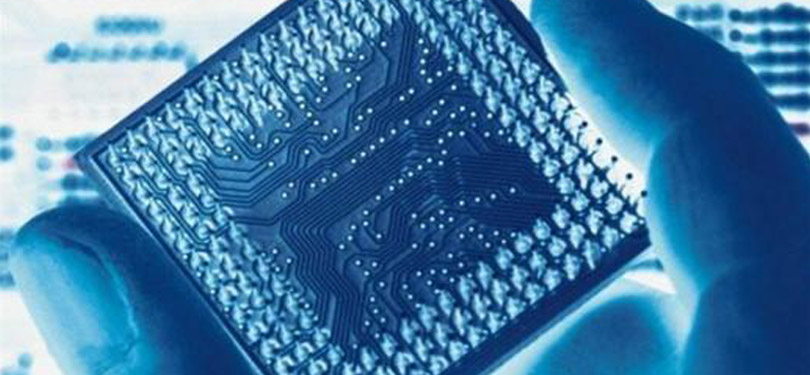

Compared with silicon (Si), the performance advantages of components using silicon carbide (SiC) substrates are very significant, especially in the performance of high pressure and high temperature resistance. However, these advantages have not been converted into market scale. This high-performance component that has been around for more than a decade has been shelved. The main reason is the lack of smooth manufacturing and production capacity of silicon carbide wafers.
Due to its physical properties, silicon carbide materials have a very high hardness, which is second only to diamonds. Therefore, it is necessary to produce under high temperature and high pressure conditions. Generally, it needs to be above 2000 ° C (silicon crystal). It can only be achieved at 1500 ° C) and above 350 MPa. If a special sintering aid or a gas deposition method is added, the silicon carbide firing temperature can be lowered to about 2000 ° C and can be carried out at normal pressure.
High temperature, slow speed, long silicon carbide process is difficult
The long crystal technology currently in use includes high temperature chemical weather deposition (HTCVD) and high temperature sublimation (HTCVT).
According to the current production situation of the silicon crystal industry, in general, it takes about 2 and a half days to produce a 8 Å silicon ingot, and a 6 Å silicon ingot takes about one day. Then, after the ingot is cooled, the wafer is sliced and ground.
As for silicon carbide wafers, the time for crystal growth will take about 7 to 10 days, and the height generated may be only a few ( (the silicon crystal rod can be more than 1 to 2 meters), plus the subsequent processing. Because of the difficulty of hardness, it is relatively difficult, so its production capacity is very limited, and the quality is also unstable.
Since the production bottleneck of silicon carbide has not been solved, the quality of the raw material crystal column is unstable, and the overall market cannot be widely spread. Compared with silicon crystals, silicon carbide has better functionality, and it has a good performance in terms of heat conduction, ductility and conductivity, and there are many input companies. However, in the past few years, the market size has been very limited, and there has not been any major progress. The main reason is that the quality of the raw material crystal column is unstable, resulting in insufficient wafers to supply the market.
Wafer shortage and lack of design experience affect the development of silicon carbide terminal chips
However, in the past five years, silicon carbide has begun to receive attention, mainly in applications such as electric vehicles that require high-power components, which have made people realize the advantages of silicon carbide components in high-voltage resistance.
Silicon carbide wafers had a climax last year. The main reason was the shortage of silicon (Si) materials, so some operators turned to silicon carbide. However, as the supply and demand of silicon crystals stabilized, silicon carbide returned to the previous situation.
The production of silicon carbide wafers is technically difficult. At present, only about three or four companies (Cree, Norstel, Nippon Steel & Sumitomo, etc.) can provide stable production. Although China has started to produce its own products, it has not yet caught up with the US and Japan in terms of quality. Therefore, the global production capacity is still very limited, and the market is still in a state of shortage. This also illustrates the current situation of the entire silicon carbide semiconductor industry, not only the price of upstream wafers can not be loose, and the price of the terminal chips is difficult for most operators to accept.
Another development limitation is in the application and design of silicon carbide components. Since silicon wafers have been around for a long time, and they have been in existence for a long time, with very complete tools and technical support, most chip engineers are only familiar with chip development of silicon components, but for the performance and use of silicon carbide components, How is it clear?
Engineers' performance on the silicon carbide component itself is not clear, coupled with the instability of wafer quality, resulting in insufficient component yield and reliability, making the entire industry very slow.
Although the development of silicon carbide is still very slow, its excellent performance advantage is still attracting some of the industry's continuous deep cultivation. China is one of the most important investors, and even listed it as one of the key national policies.




